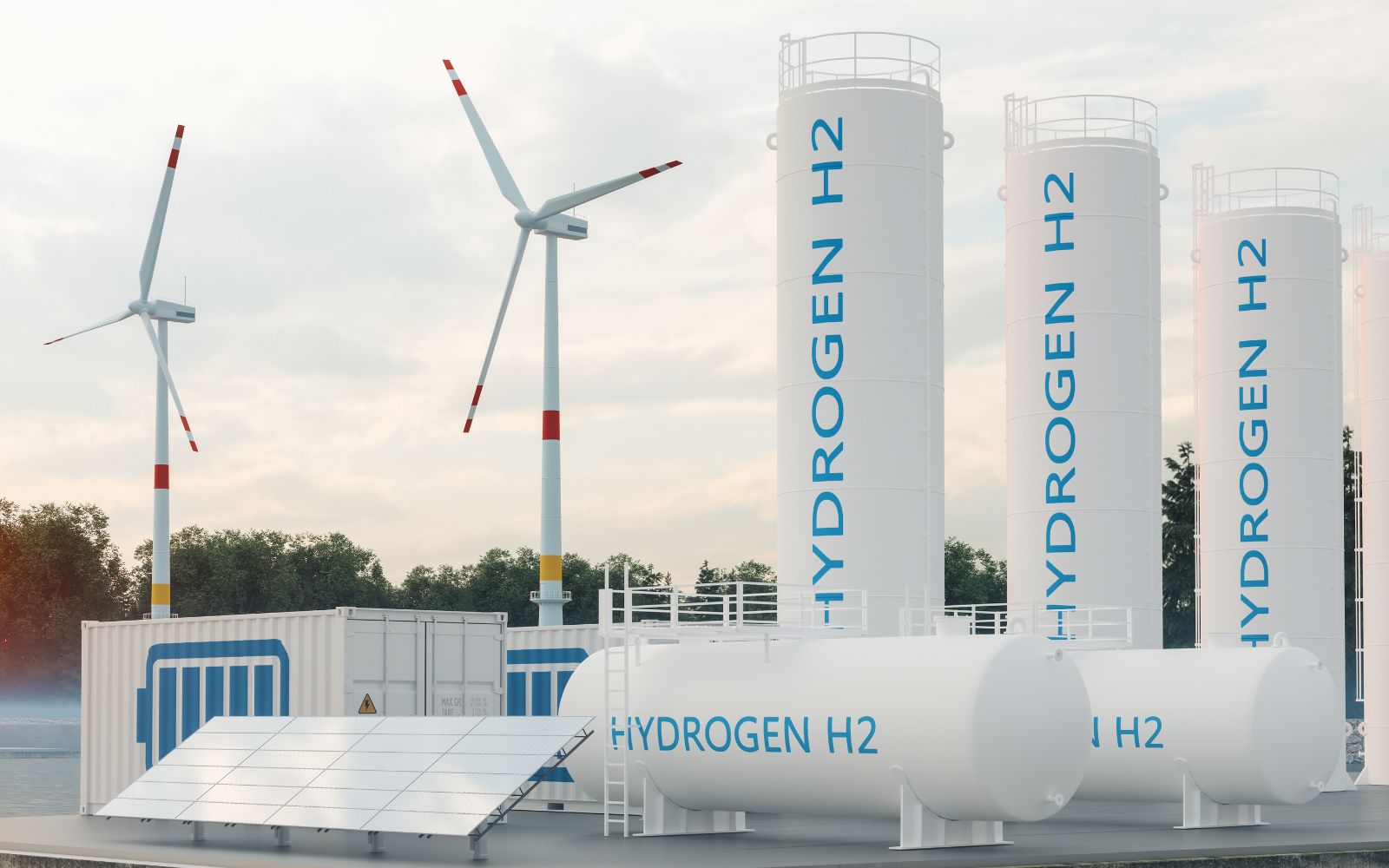Hydrogen (H2) is a versatile and clean energy source used in various industrial applications. While it is known for its potential in reducing carbon emissions, hydrogen also poses significant safety risks due to its flammability and explosive potential.
This article explores the hazards associated with H2 gas, its uses, safety precautions, and best practices for handling potential leaks. The goal is to provide safety managers, industrial hygienists, and other professionals with essential information to ensure safe handling of hydrogen.
Common Industrial Uses of Hydrogen
H2 is utilized in a wide range of industries, primarily due to its chemical properties and energy potential. Key applications include:
- Petroleum Refining: Used in hydrocracking and desulfurization processes to produce cleaner fuels.
- Chemical Manufacturing: Involved in the production of ammonia, methanol, and other chemicals.
- Energy Production: Used in fuel cells to generate electricity and as a potential fuel for vehicles.
- Metallurgy: Employed in metal refining and reduction processes.
- Electronics: Utilized in the production of semiconductors and as a reducing atmosphere in various processes.
Despite its benefits, hydrogen requires stringent safety measures due to its highly flammable nature.
The Hazards of Hydrogen Gas
Hydrogen is a colorless, odorless gas that is highly flammable. It poses several safety risks:
- Flammability: H2 has a wide flammability range and can ignite easily, even with low energy sources like static electricity. It can form explosive mixtures with air at concentrations as low as 4%.
- Explosive Potential: H2 can accumulate in confined spaces, leading to explosive conditions. Its low molecular weight allows it to diffuse quickly and escape containment.
- Asphyxiation: In confined areas, hydrogen can displace oxygen, creating a risk of asphyxiation.
Exposure Limits and Regulations
To ensure safe handling of H2, various regulatory bodies have set guidelines and exposure limits:
OSHA (Occupational Safety and Health Administration):
-
- No specific PEL for hydrogen, but general safety standards for flammable gases apply.
NIOSH (National Institute for Occupational Safety and Health):
-
- No specific REL, but emphasizes the importance of preventing explosive atmospheres.
Safety Measures and Best Practices
Handling hydrogen safely involves comprehensive safety protocols. Key measures include:
1. Fixed Gas Detection Systems:
-
- Continuous Monitoring: Fixed gas detectors can monitor hydrogen levels, providing early detection of leaks and preventing explosive atmospheres.
- Alarm Systems: Audible and visual alarms notify personnel of dangerous gas levels, allowing for immediate action.
2. Personal Protective Equipment (PPE):
-
- Appropriate PPE, including flame-resistant clothing, chemical-resistant gloves, and safety goggles, should be worn when handling hydrogen. Respiratory protection may be necessary in specific situations.
3. Proper Ventilation and Containment:
-
- Adequate ventilation systems are crucial to disperse hydrogen gas and prevent accumulation in confined spaces. Explosion-proof equipment and proper grounding are essential to minimize ignition risks.
4. Emergency Response Plans:
-
- Comprehensive emergency response plans should include procedures for containment, evacuation, and fire suppression. Coordination with local emergency services is vital for an effective response.
5. Training and Awareness:
-
- Regular training on the hazards of hydrogen, safe handling practices, and emergency procedures is critical for all employees. Drills and simulations should be conducted to ensure preparedness.
H2 is a valuable industrial gas with significant potential for energy and chemical applications. However, its highly flammable and explosive nature requires strict safety measures.
Understanding its hazards and implementing robust safety protocols, including gas detection systems, proper PPE, ventilation, and comprehensive emergency planning, are essential for protecting workers and facilities. By adhering to best practices and maintaining vigilance, industries can minimize the risks associated with hydrogen gas.
For more information on hydrogen safety and Interscan’s Accusafe and GasD 8000 detection systems, please contact us and request a quote today.


